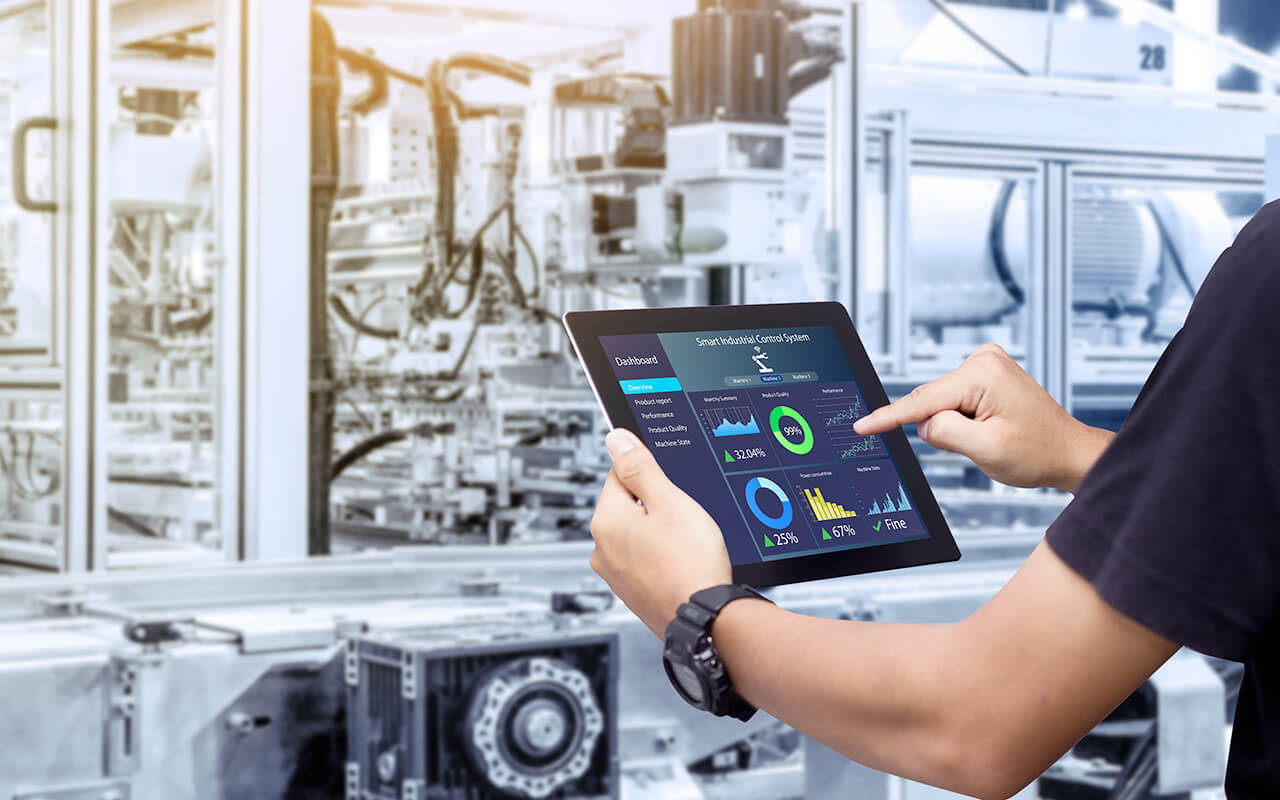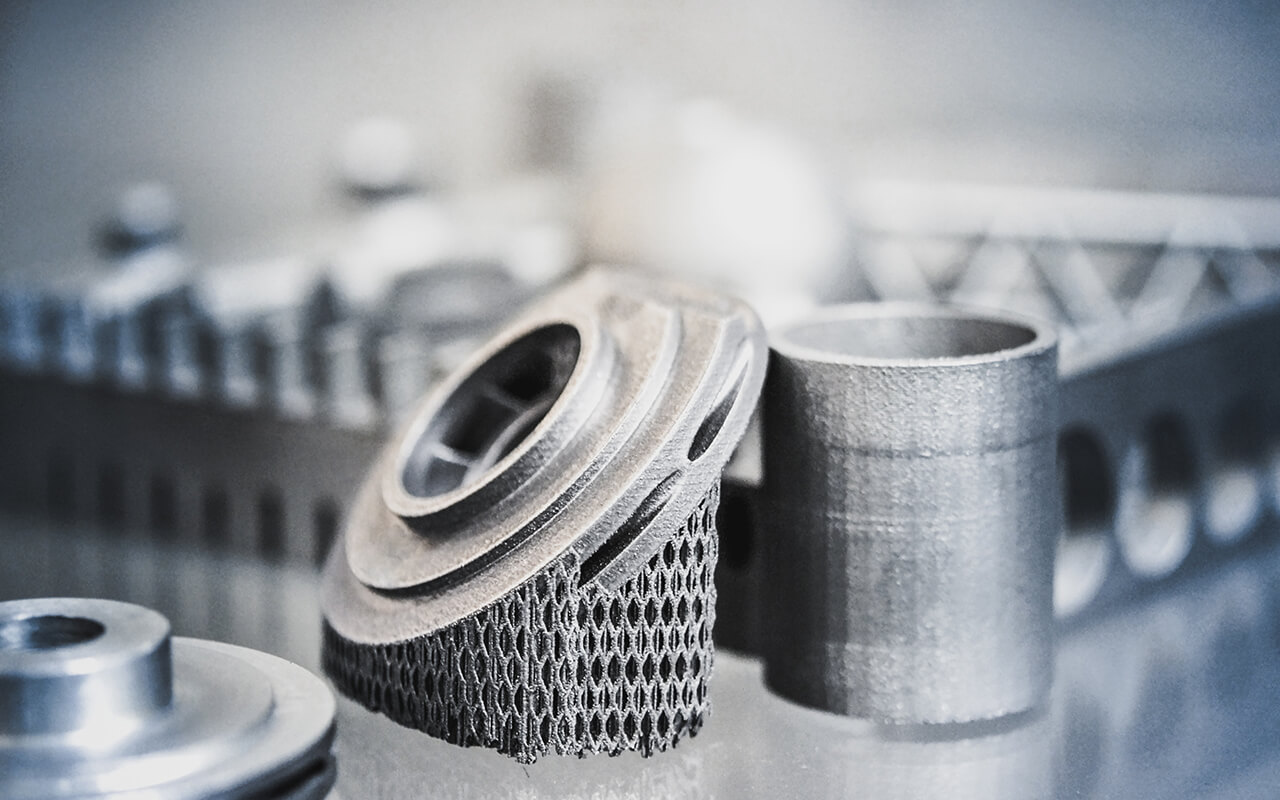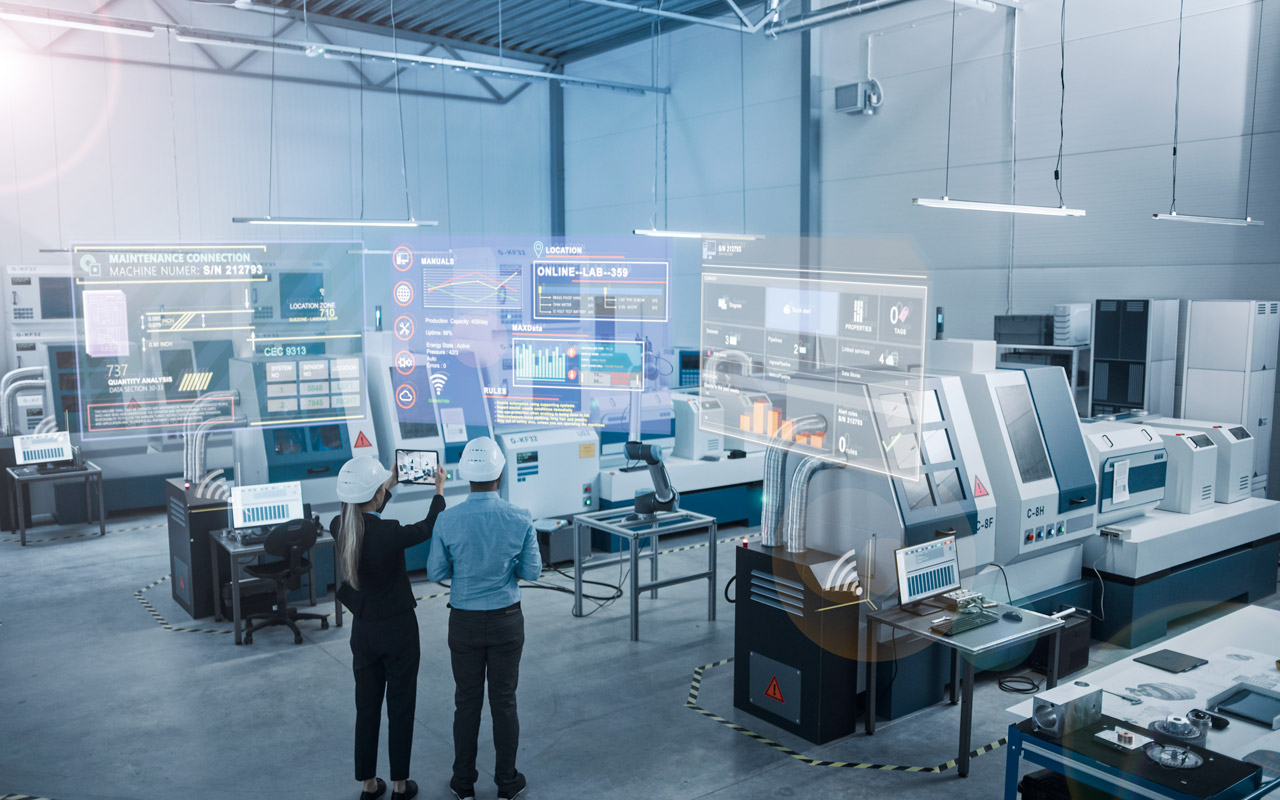19/10/2022
Digitalization in manufacturing – Five examples of how the Internet of Things is revolutionizing production

The world is changing rapidly – digitalization and the internet are driving developments that no one could have imagined ten years ago. Industry 4.0 is such a buzzword, along with the related Internet of Things (IoT). A collection of dumb machines is turning into networked manufacturing that can organize and optimize itself. This is the only way to master the challenges of the digital world. The basis of IoT is the internet, which connects people. Within just under 30 years, a network that was intended to connect university employees has become a global network, a kind of operating system for our lives. Internet of Things does not connect people, but machines, tools and products. In this way, machines can be supplied with data, but data can also be read from the machines. This enables a whole range of interesting applications.
Manufacturing gets a memory
In more and more areas, detailed documentation and traceability of product components are required. Even years later, the manufacturer must be able to prove how a specific, individual product was manufactured, which parts were installed, or which screw was tightened with which torque. If the effort is to remain acceptable, this can only be solved digitally. In the automotive industry, intelligent torque wrenches are now used in many places that measure the torque actually applied during bolting and report it back to the IoT. This means that even after many years, it is still possible to prove that an axle has been correctly fastened, for example. At the same time, an incorrect torque immediately triggers an alarm and reworking can be carried out – quality control is built into production, so to speak.
Transparency facilitates production planning
An important side effect is transparency – when the various production facilities continuously report back status data, this can be used to create a real-time image of production. Production planning always knows where which order has been processed and to what extent, can increase the utilization of production and minimize throughput times.
Identify bottlenecks, optimize production
The same data can also be used to optimize production – if a milling machine is constantly fully occupied and the following processes show far lower utilization, this machine is a bottleneck. If the process repeatedly stalls at certain points, this can be a sign of an obstructed material flow. Production can be optimized very efficiently based on such evaluations. The production planners have reliable data to justify, for example, the purchase of a second milling machine or a robot that speeds up handling. And after optimization, the data shows what effect the change has had.
Machine and tool status always in view
The more data available, the more accurate predictions can be made – this is not only the case with weather forecasts, but also in manufacturing. For example, the operating time of each milling tool on a machine tool can be precisely recorded. On the one hand, this allows tools to be used for as long as possible, and on the other hand, it makes it possible to proactively replace worn parts in good time before the wear leads to quality problems. It is even possible to recognize from the forces on the spindle and axes of a milling machine, which increase over time, when the tool is becoming blunt and to replace it with pinpoint accuracy. Machines are being equipped with more and more sensors. From the constantly flowing data, irregularities can be detected, for example when a bearing becomes increasingly warmer or vibrations occur. With the help of artificial intelligence, it is possible to detect and evaluate such changes. This makes it possible to determine how long the damaged bearing will continue to function, and replacement can be scheduled to take place during a break in production. In this way, downtimes can be reduced or avoided at all.
Individual products manufactured in series
Each product that passes through production communicates with the machines. In this way, production data can be individually assigned to the respective serial number, the machine "knows" by means of the number which configuration this individual product should have, and in return delivers data about the course of production back to the central database. What has been the practice in automotive manufacturing for many years – tailor-making individually configured vehicles in any order on a single production line – is possible with modern technologies in many other areas and with less effort. Instead of seeing every deviation from the standard as a special production, companies can thus offer their customers custom-fit products and still benefit from the advantages of series production. Transparency, individualization, documentation – the areas of application of the IoT are diverse and comprehensive. Knowledge of the potential of this technology is important to keep one's own company up to date and not be left behind. Only then can the changes be used in a positive way.


